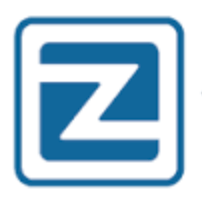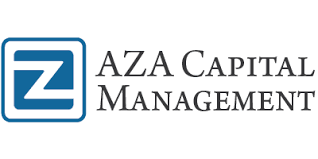- Large cap equity markets advanced in May while investment-grade bonds declined. For the month, the S&P 500 Index returned +2.41%, the international EAFE Index dropped -2.19%, and the MSCI Emerging Markets Index declined -3.52%. U.S. small caps, represented by the Russell 2000 Index, increased +6.07%. The Barclays U.S. Aggregate Bond Index was up +0.71%. Additional information on index performance and risk measures can be viewed on page 7.
- Market Indicators: The bond yield curve has flattened as the difference in rates between short and long durations continues to shrink. However, comparison of 3-Month T-Bills to 10-Year Treasuries still indicates a friendly environment for growth. Stock market valuations are supported by strong earnings growth and are showing reasonable risk premiums. Financial conditions are favorable and credit spreads are tight. Oil prices have been range bound.
- Economic Indicators: Housing starts, auto sales, and energy investment are conducive to continued growth. Employment growth is steady. Manufacturing and leading economic indicators are at positive levels. Fiscal policy is expansionary.
- Risk/Fear Measures: The VIX Index, a measure of market volatility, traded between 12 and 17, ending the month near 15. The SKEW Index, a measure of crash “insurance” cost, spiked and subsequently increased substantially as concerns around European financial stability appeared. The term structure of volatility is pricing historically average systemic risk in the near term.
Read the entire May Market Recap
Summary 2018 Q1 Commentary
- In Q1 2018 stock returns were mixed among U.S. large capitalization (-0.75%), international developed (-1.41%), and emerging markets (+1.38%).
- The Barclays U.S. Aggregate Bond Index declined -1.46%, and high yield bonds were down -0.91%.
- The U.S. Dollar declined relative to other major currencies.
- Price and earnings momentum in equities are positive heading into Q2 2018.
- Equity risk premiums are supportive of current valuations while other metrics suggest overvaluation and more potential downside risk. Yield levels have moved up as the Fed has raised the Fed Funds interest rate and has begun quantitative tightening (“QT”). The yield curve has flattened significantly but is still upward sloping. Libor-OIS spreads, a measure of short-term funding risks, have widened causing some concern.
- Economic conditions suggest we are in the middle to later stages of a cycle. The fiscal stimulus from the tax reform could extend the cycle.
- Financial conditions have become less supportive, but financial stress indicators remain at low levels.
Read the rest of the 2018 1st Quater Summary


Leave a Reply